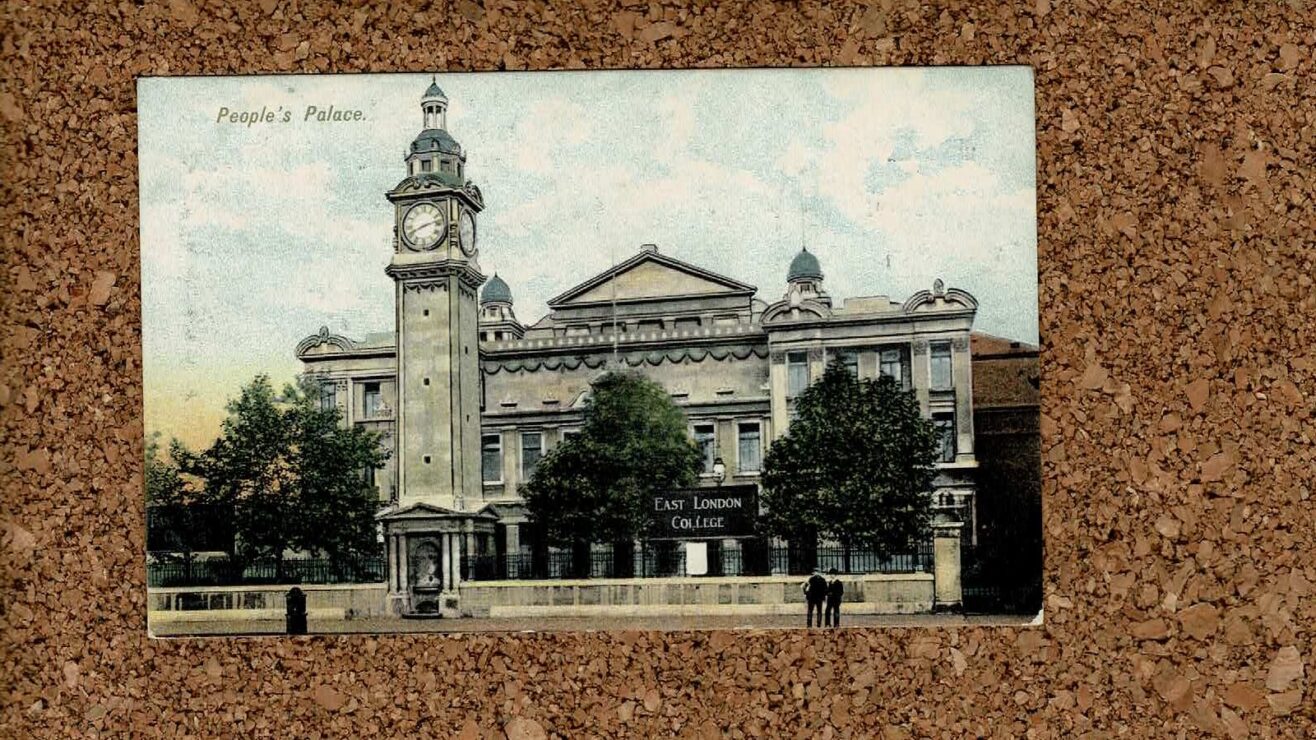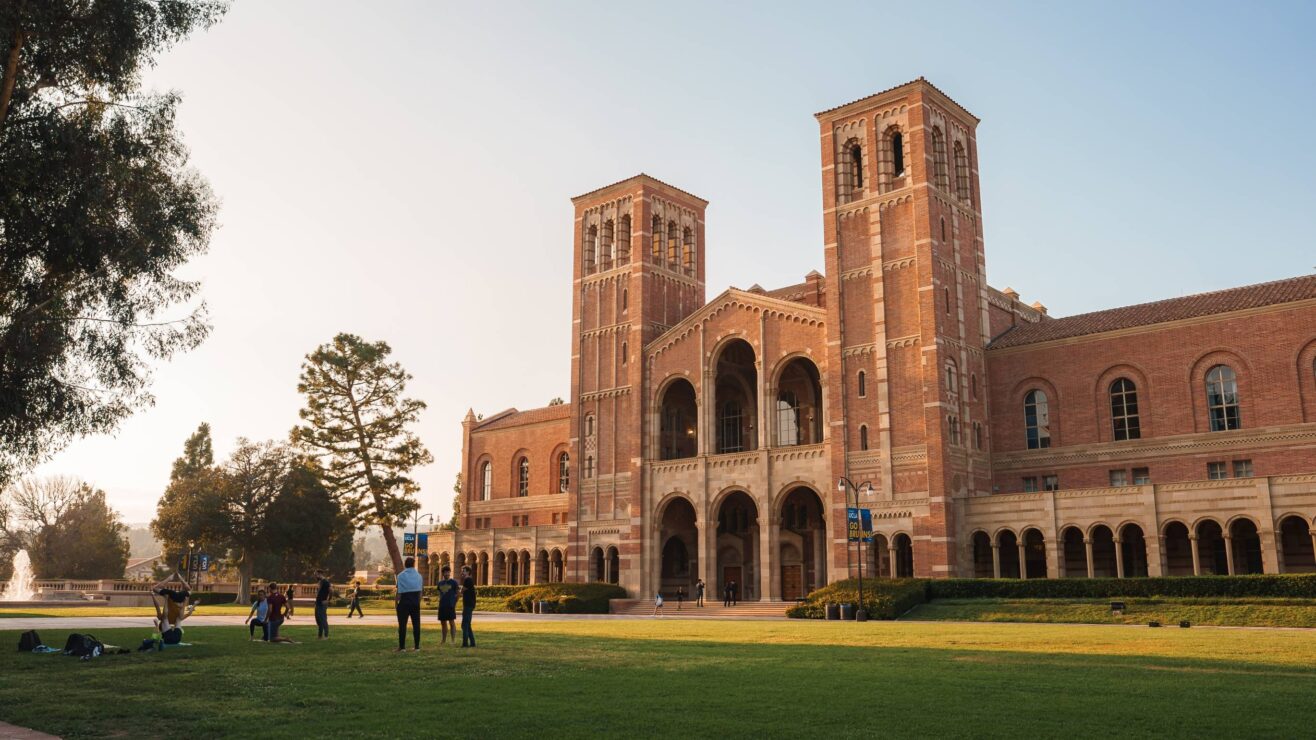Netflix drama Adolescence has ignited two vital national conversations.
The rise of online misogyny among radicalised young men has seen Keir Starmer weighing in on the issue.
There’s also been a debate surrounding disenfranchisement among boys and young men in primary, secondary and tertiary education.
The latter has long been on the radar of policymakers, academics, and researchers. HEPI recently linked boys’ educational underattainment to a “veering towards the political extremes,” while discussions around figures like Andrew Tate have kept the former on Parliament’s agenda.
Yet both issues remained on the margins until Adolescence – written, produced, and starring Rose Bruford College alum Stephen Graham – catalysed real-world conversations and moved us toward legislative action.
Despite press, and policy, and parliament, the issue broke through because of storytelling.
Power of creative arts
Much like the Post Office scandal – exposed by Private Eye but only widely acknowledged after Mr Bates vs The Post Office (co-produced by another Rose Bruford alumus, Sara Huxley) – Adolescence shows how creative arts can achieve what policy papers often cannot: capturing public attention and driving cultural change.
It highlights a key truth in fostering social change – the arts play a vital role.
As a membership body representing nearly 40 per cent of creative arts students, we’re concerned by the continued perception of creative degrees as niche or non-essential – leading to disproportionate funding cuts compared to STEM.
In reality, our graduates shape public discourse on identity, gender, and social responsibility, shifting public discourse, and ultimately contributing to public policy.
At the same time as a devaluation of creative degrees, there’s another issue hiding in plain sight – working-class boys are falling behind in education.
HEPI has produced compelling reports on this subject, outlining the growing gender attainment gap, particularly for boys from disadvantaged backgrounds and neurodivergent boys (although we note that some of this may be down to underdiagnosis in girls).
Concerns in the report also raised that boys are less likely to be steered toward specific disciplines (while girls have been encouraged into STEM) and that traditional educational structures serve girls better.
Although the authors should avoid biologically deterministic assumptions around how people learn and bear in mind that gendered socialisation probably plays a large part here – regardless of how behaviour and engagement is socially or otherwise fostered, the data shows its material impact – boys academically underperform compared to girls at every age, in almost every subject.
Class acts
But it is essential to be clear – the issue is not boys in general, but working class boys who are most at risk of falling behind. Discussions that flatten this into a gender-only concern risk obscuring the real and compounding impact of class-based disadvantage on educational engagement and attainment.
This issue receives little attention in practice. A rudimentary and quick scan of Access and Participation Plans (APPs) revealed a striking omission: boys are rarely, if ever, mentioned as a specific target group.
Even when John Blake outlined the significant scale to equality of opportunity faced by “boys from working-class communities” back in 2022, it was primarily in comparison to smaller groups who experience more intense forms of disadvantage, rather than recognising the issue of working-class boys attainment as a standalone concern.
GuildHE Institutions like Rambert School, Northern School of Contemporary Dance and AUB are already doing vital outreach work to bring boys into the subject spaces they are underrepresented in. But again, this work often happens in isolation, without the policy recognition or funding it truly deserves.
That’s a mistake. For many boys, especially those disengaged from traditional academic pathways, creative disciplines provide an essential space to connect, reflect, and grow. Dance, drama, music, and film help young men process difficult emotions and identities constructively.
As our recent written submission to parliament outlined, the dance training boys took part in at Rambert School helped them in areas of life such as creative thinking, managing anger and ADHD symptoms. Arts University Bournemouth runs Being a Boy which provides a supportive space for young men to creatively and safely engage with the role of masculinity in their lives.
Add in Prof Becky Francis’s review of the school curriculum – which argues it’s failing students outside the A-levels-to-university pipeline, disproportionately boys – and her call to value arts subjects, and we see an emerging case for education that better accounts for how many boys have been socialised to learn and engage.
This is where creative education comes in. The arts are not just about performance or aesthetic appreciation – they are powerful tools for expression, empathy, and exploration, and a possible way to engage boys who are disenfranchised at an estimated cohort size of half a million from higher education
While the HEPI report calls for a push to get more men into teaching, care roles, and nursing, we believe in the individual and societal benefits of encouraging boys – particularly working-class boys – into, and their contribution to, the arts.
Some of this work is already being done by our alumnus – Stephen Graham discovered Owen Cooper, who plays Jamie Miller in Adolescence, who Cooper describes as “a normal working-class family from a normal council estate”. But there needs to be a concerted policy effort.
That means:
- Valuing arts and creative degrees as critical to both gendered social progress and supporting widening participation in HE for boys
- Including boys as a key demographic in widening participation strategies in HE.
- Supporting cross-sector collaboration between educators, policymakers, creatives, and communities to tackle today’s issues and truly value the impact creative degrees make on individuals and society.
The success of Adolescence in sparking national debate is a wake-up call. If we want to tackle misogyny, and we must remember that Adolescence was fundamentally about violence against women and girls, as well as male disengagement in education, we need to invest in the places where empathy and identity are formed – and value how these are explored and communicated to wider society.













Really interesting point about Access and Participation Plans. I also worry that there is a still an undercurrent of ‘creativity is innate, not taught’ in the UK which relates to our tradition of amateurism. A tradition which only works for those with enough money to ‘play’ at discovering if they have ‘talent’ (Scare quotes very intentional). Is creative arts education seen as play or profession? Obviously I think it is both and that both those terms can be divisive, but that might be a niche view.
Jury’s out on innate/taught creativity, but where you point out that the current status quo is many a creative tradition only works for those with the financial security to “play” at it is actually a powerful reflection of how, in the absence of scarcity, many people would choose art. There’s a great quote this sums it up: “Everyone is an artist until rent is due.”
Really interesting and something I want to look at in more detail, particularly around visual storytelling. The one thing I want to point out is that Black Caribbean boys have the highest rate of school exclusion but this is not mentioned. I know the directors deliberately stayed away from this. You can’t mention Black boys without expecting racist comments to follow.
Really good article. Agree on your important point about lack of white working class men as a focus in APPs. The university I work for included APP targets on them under John Blake’s predecessor and was told to take the out by OfS!